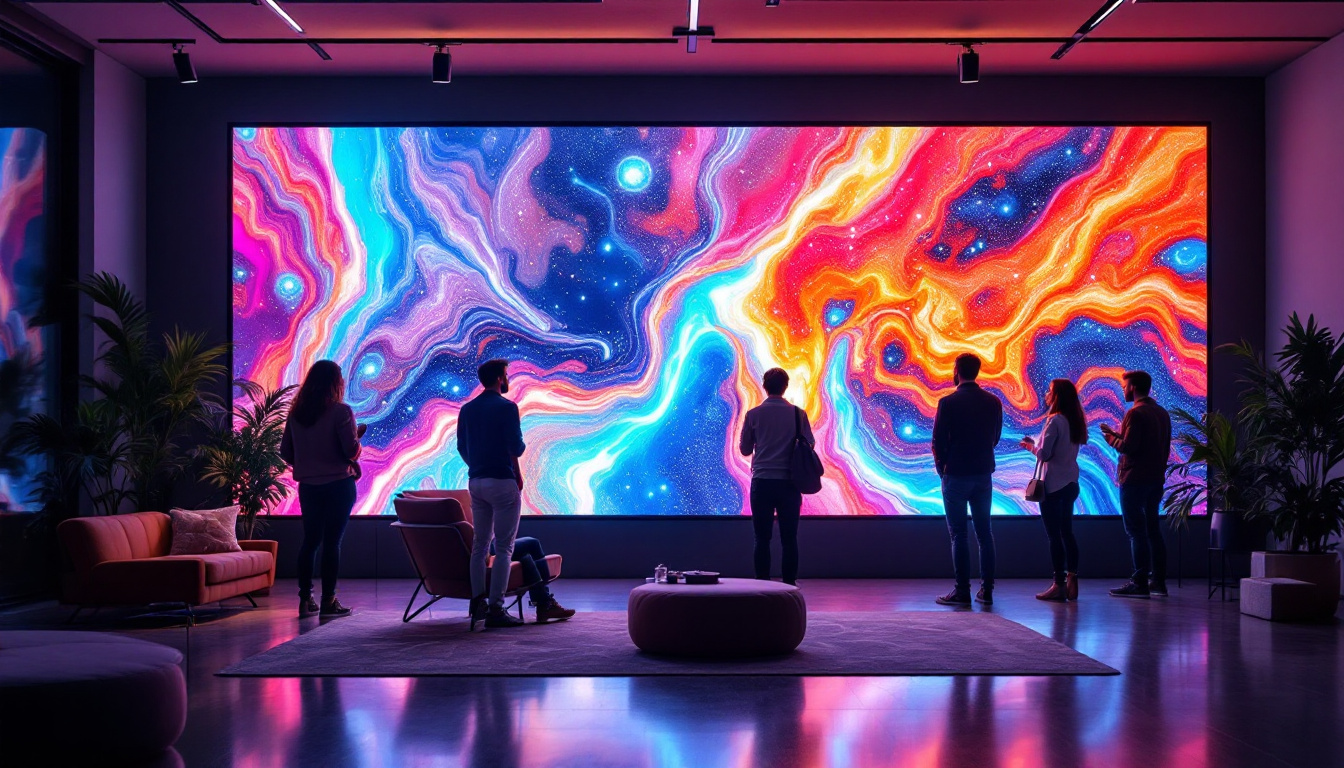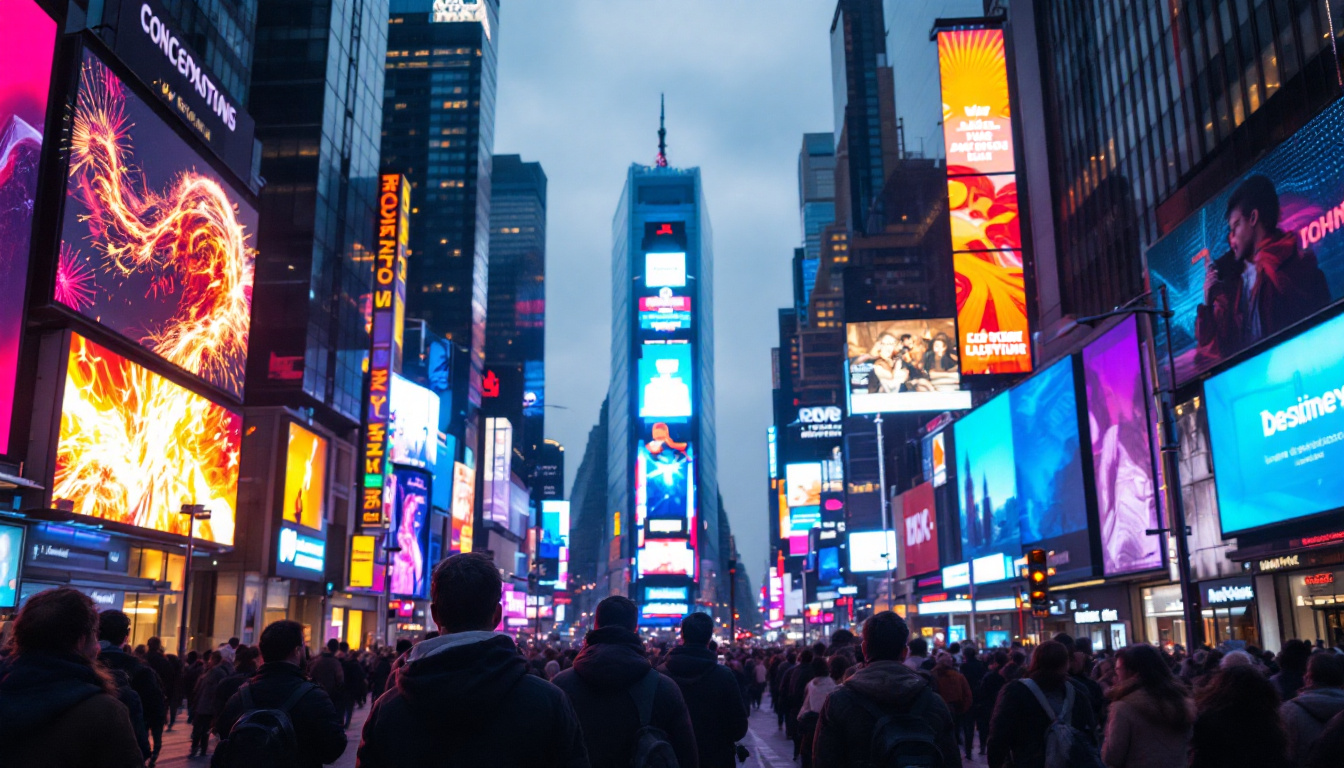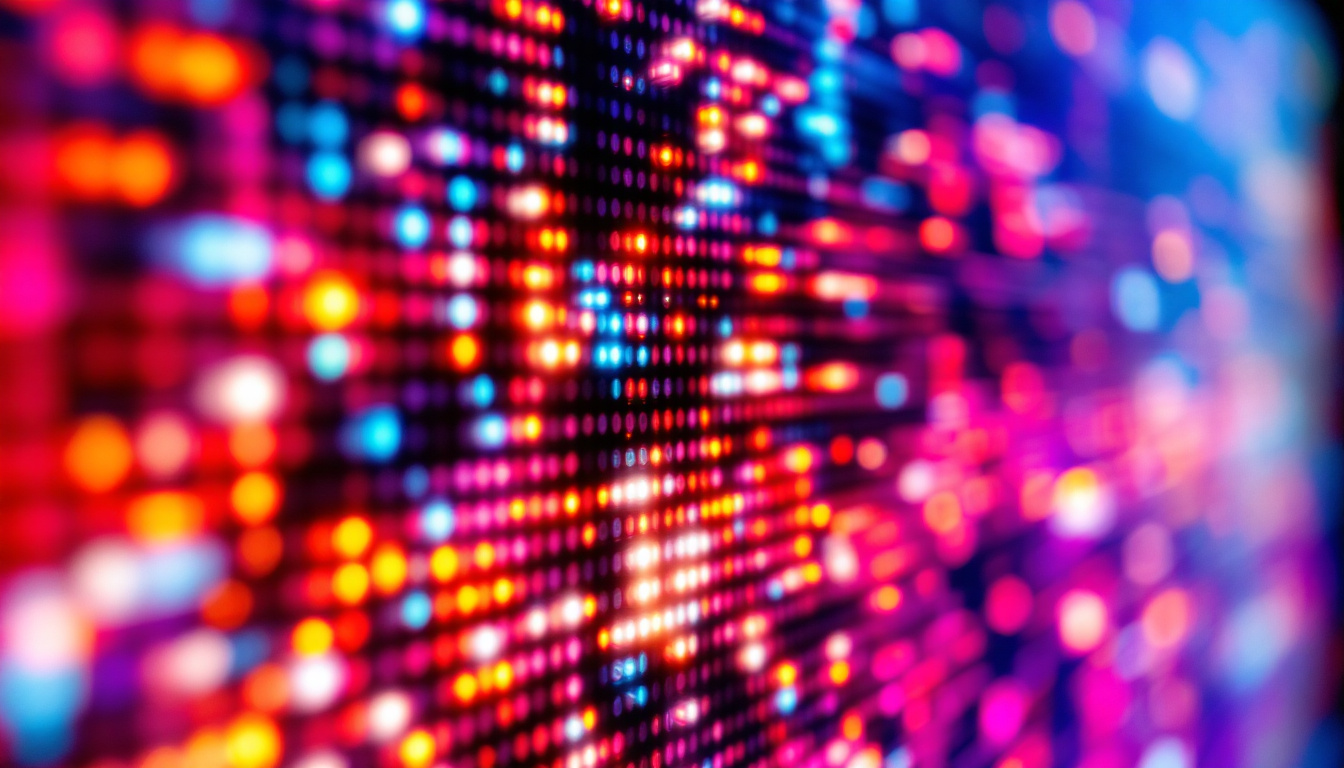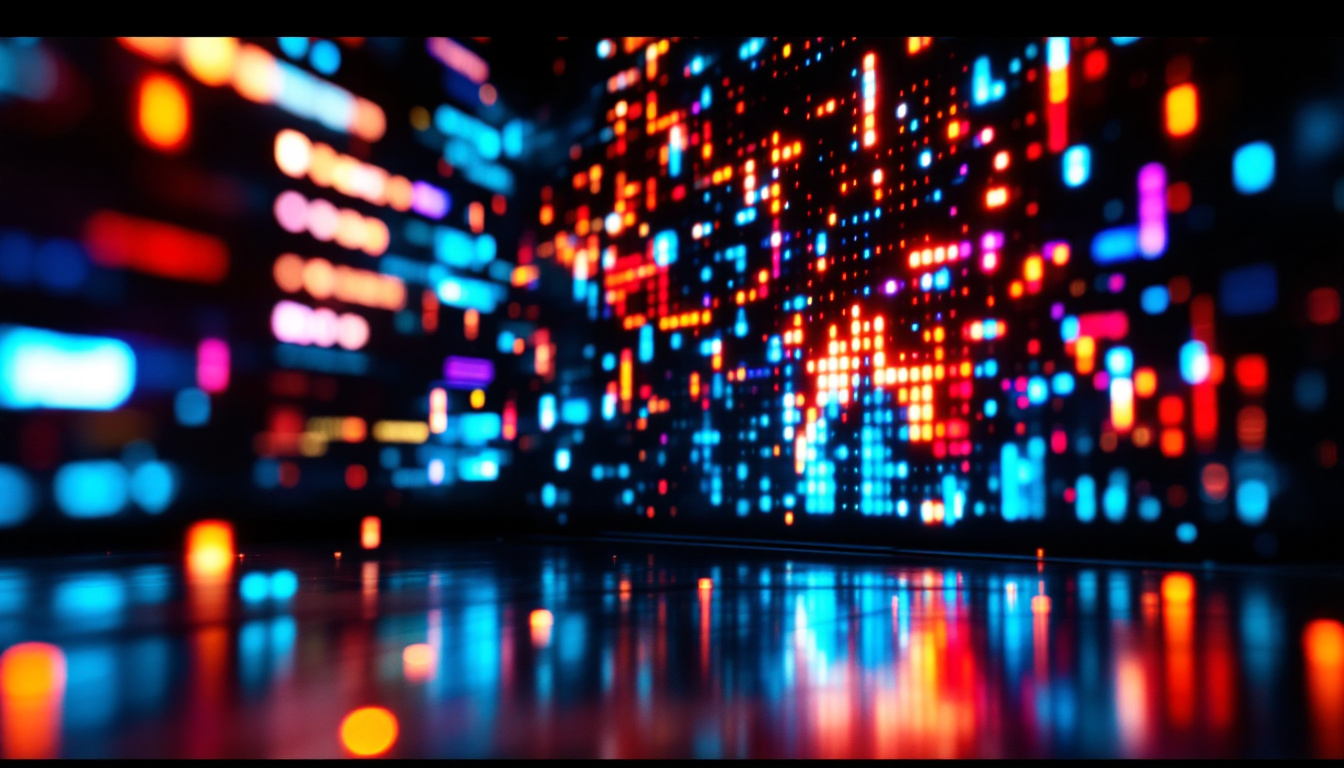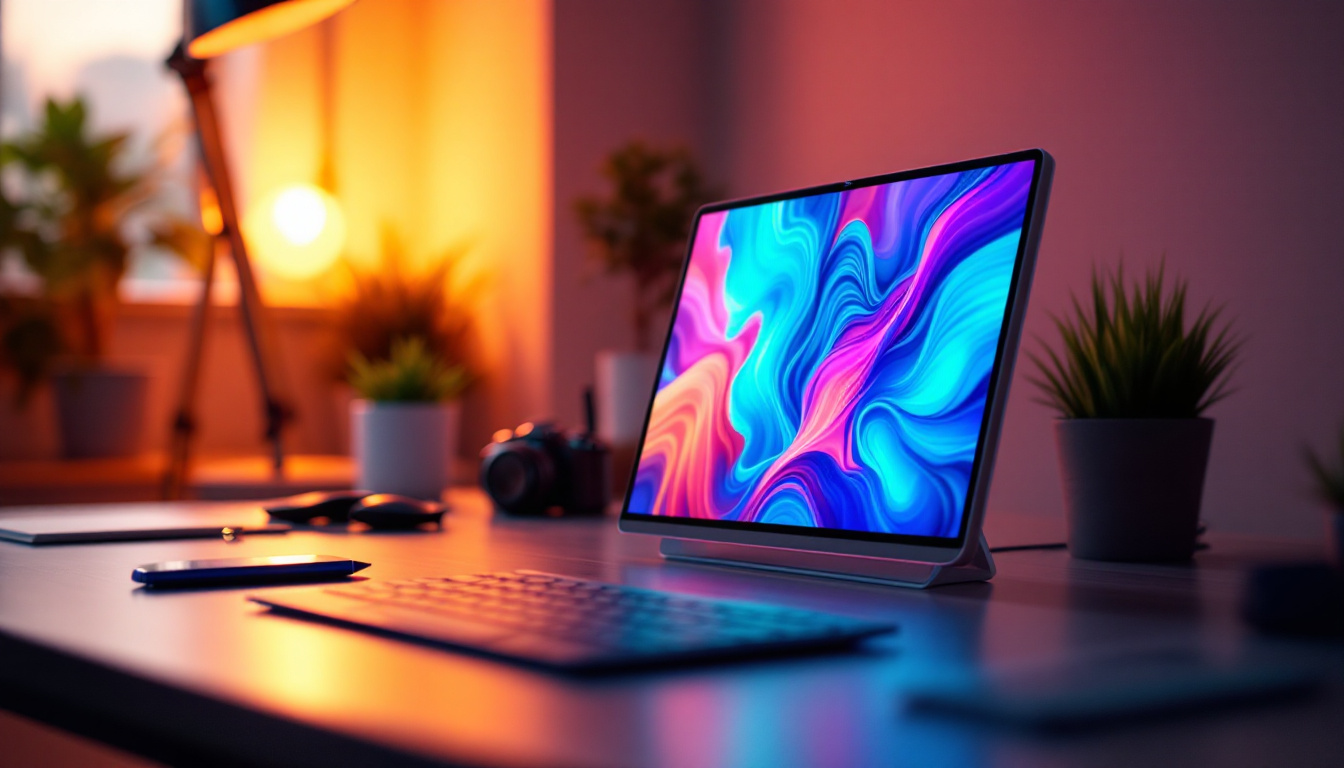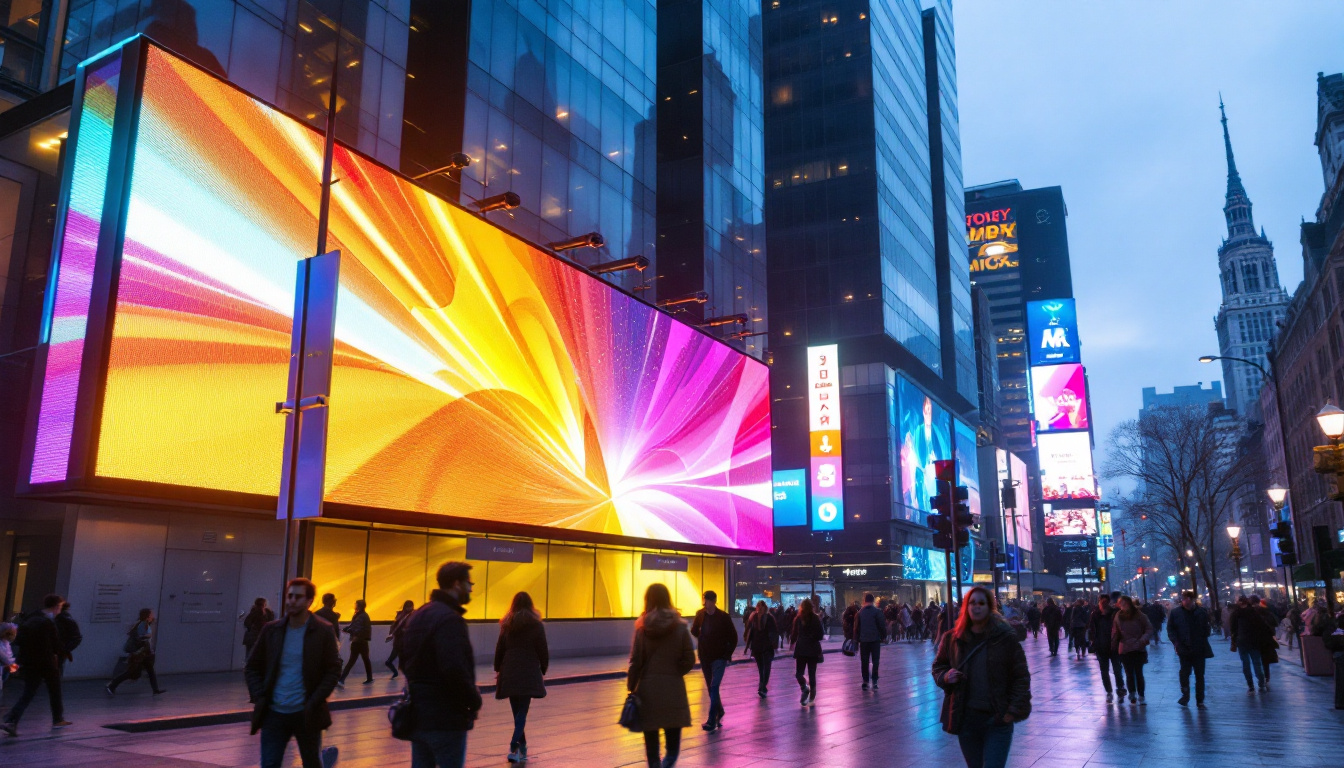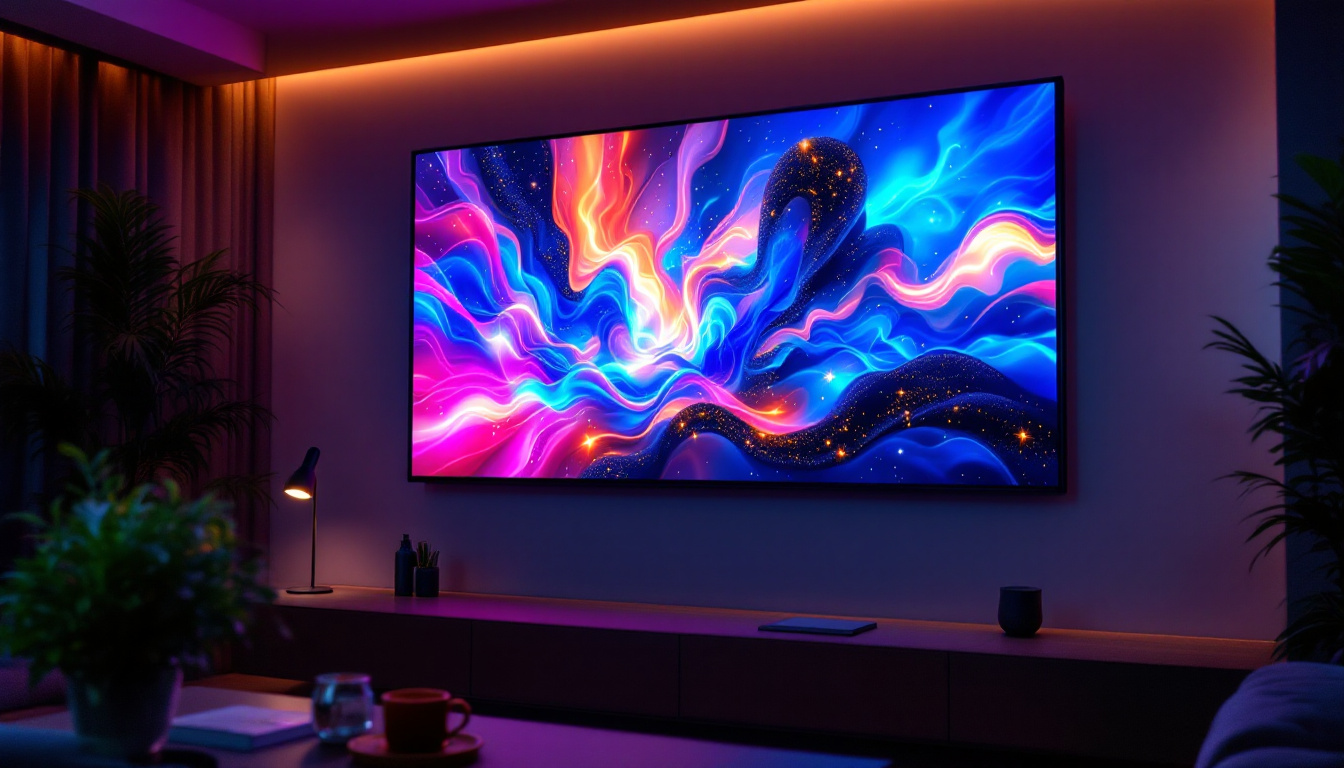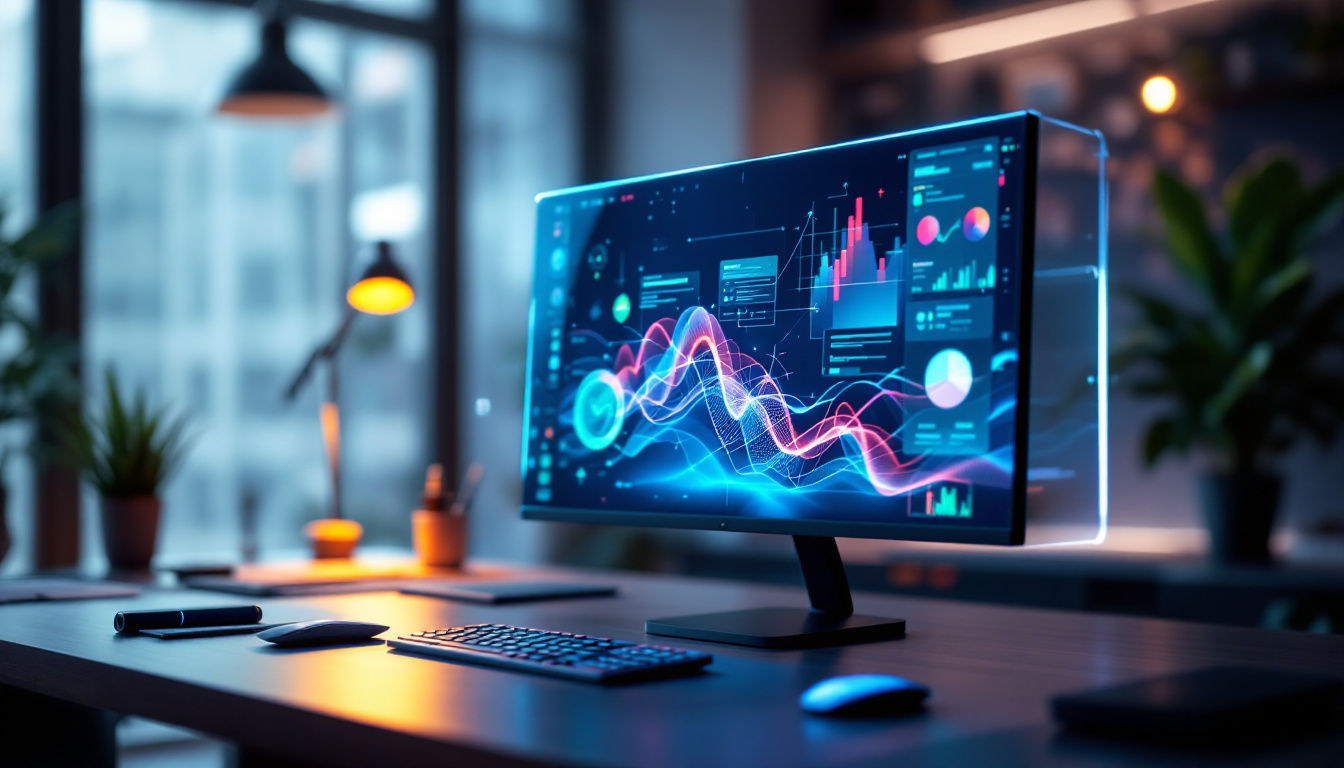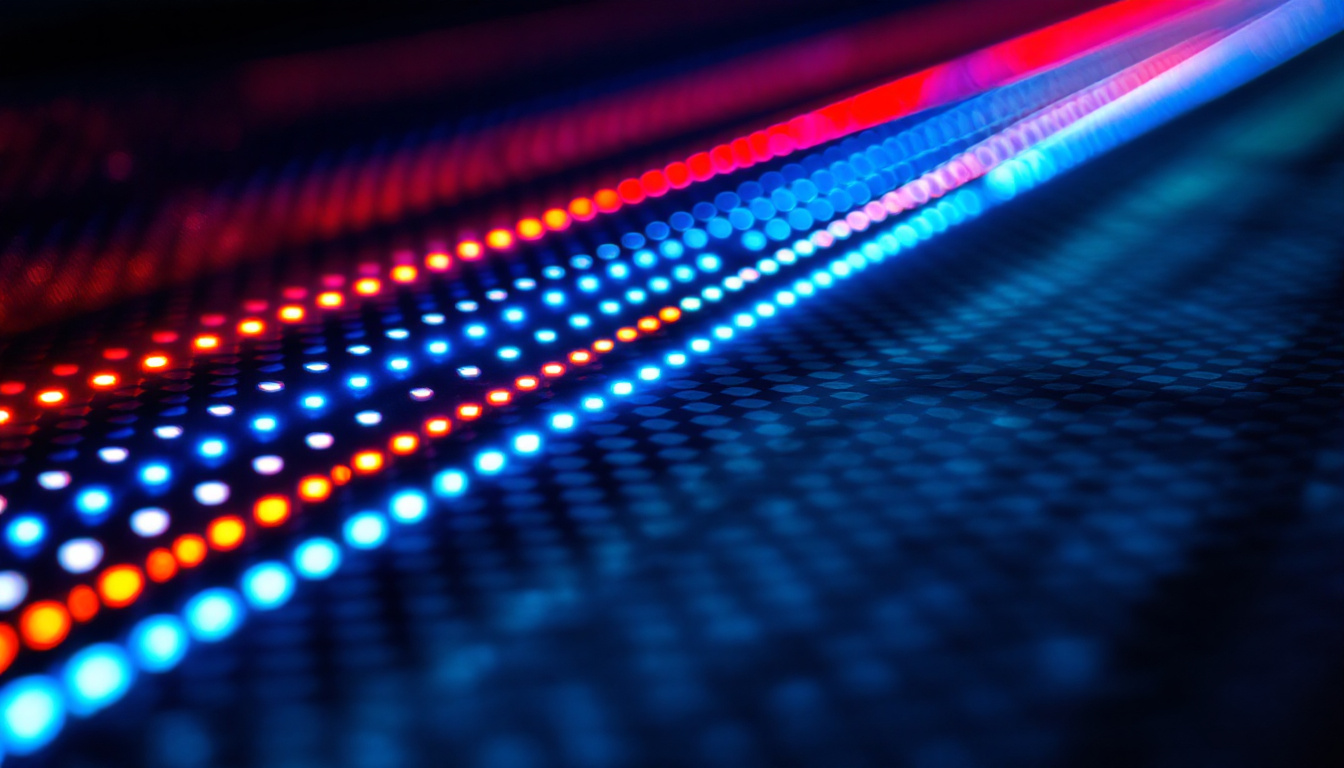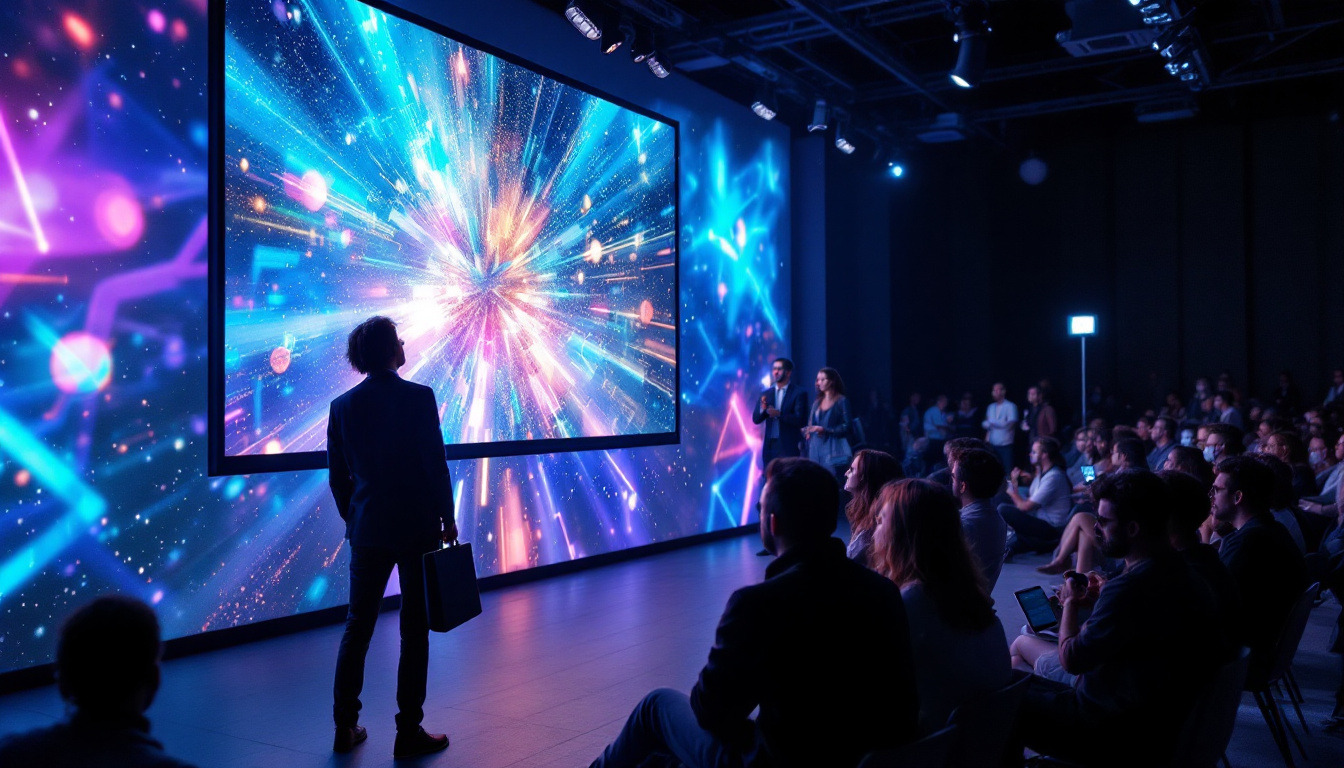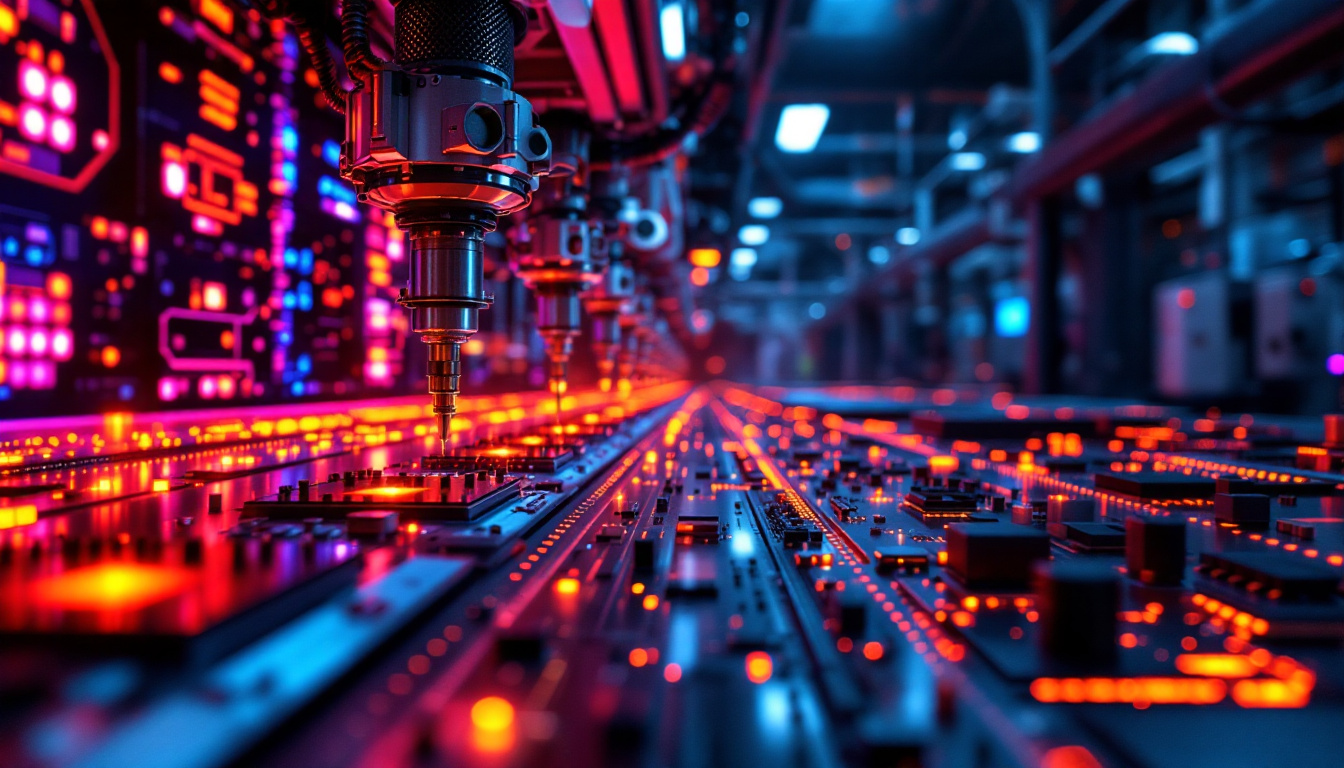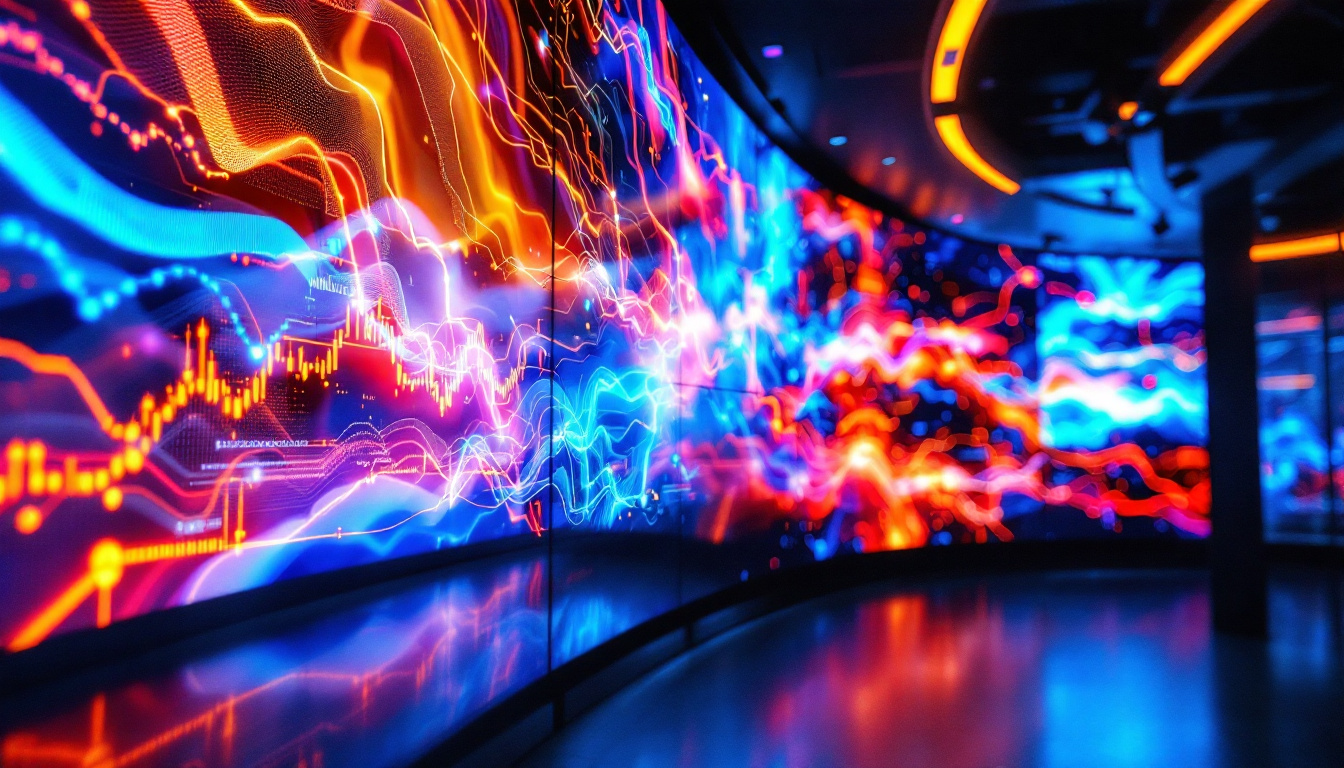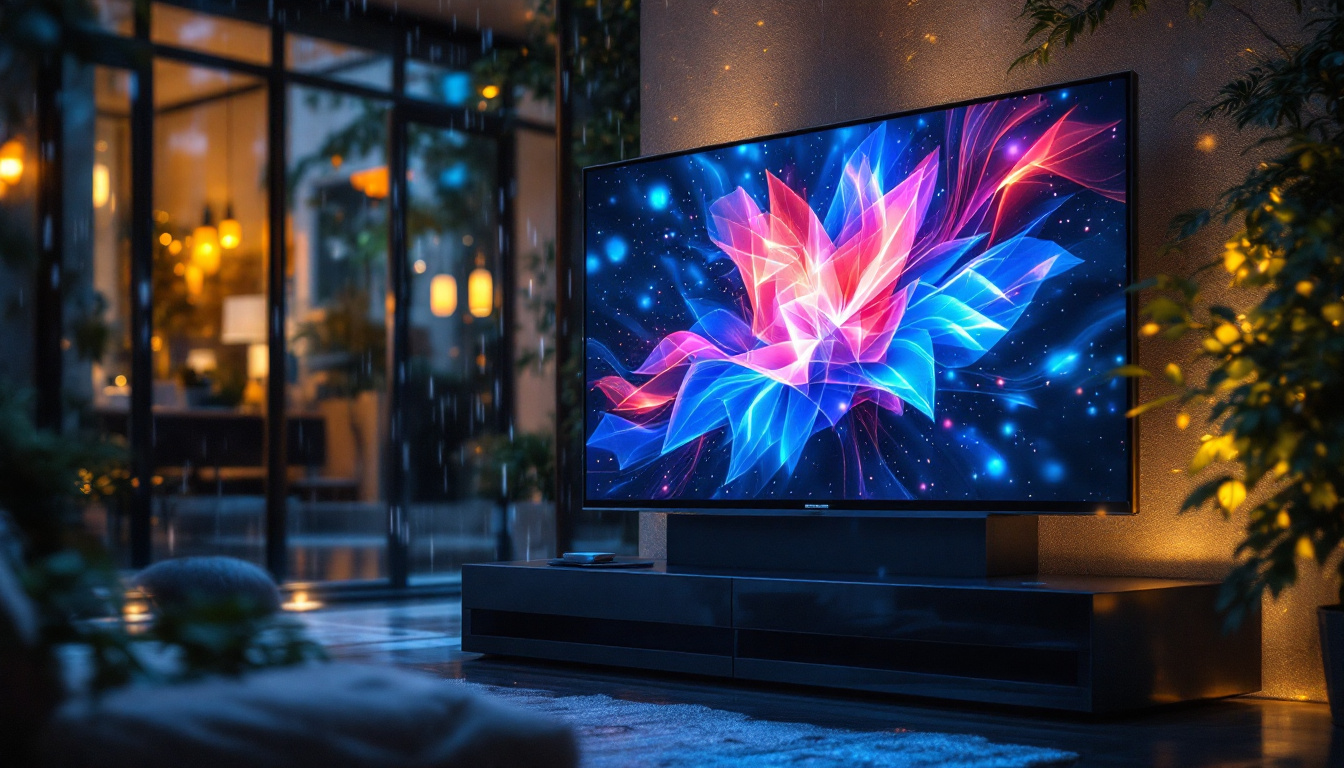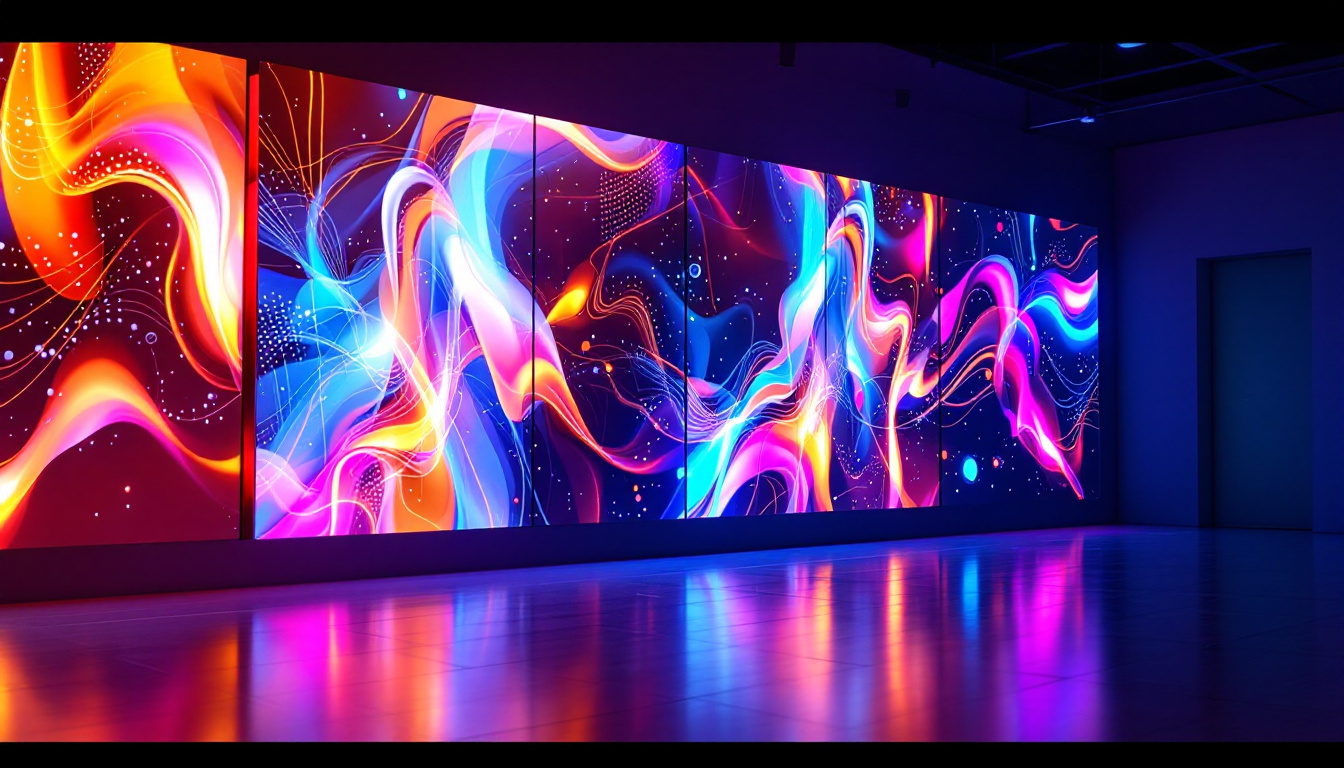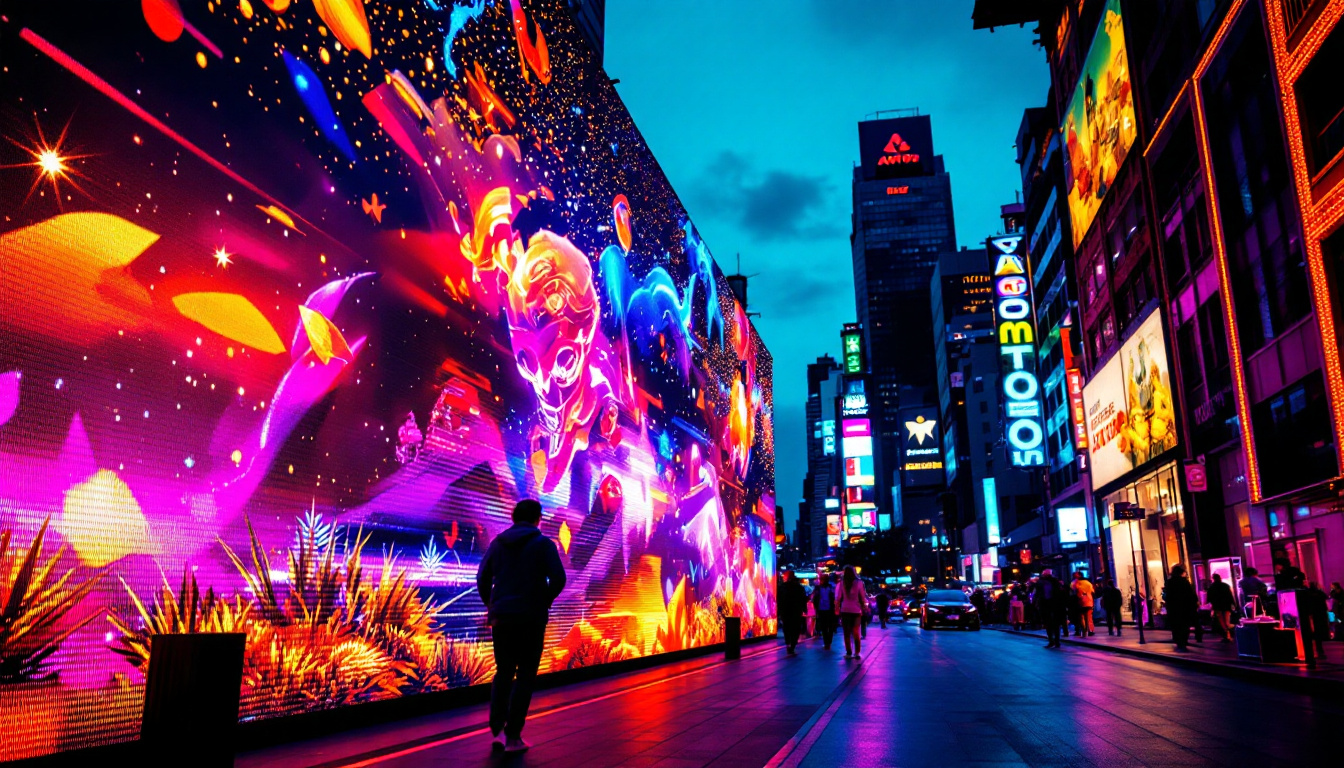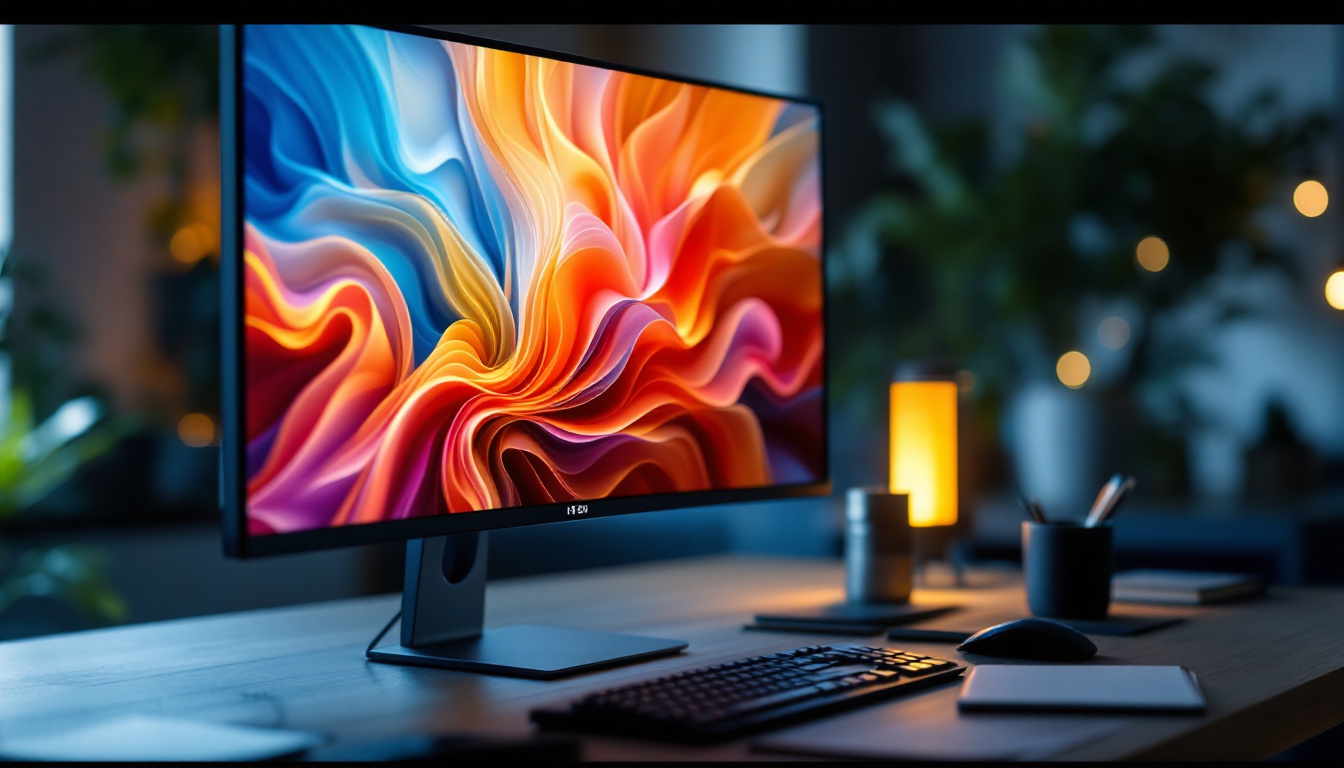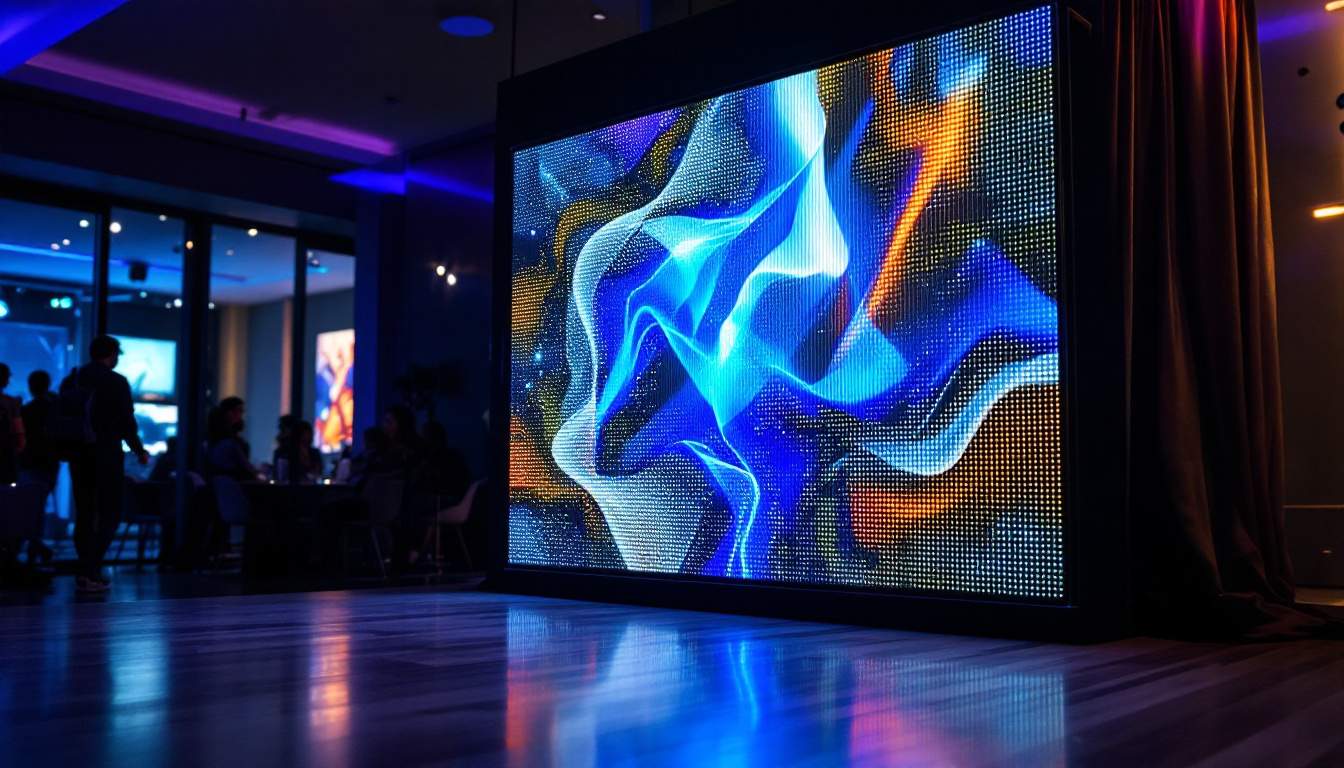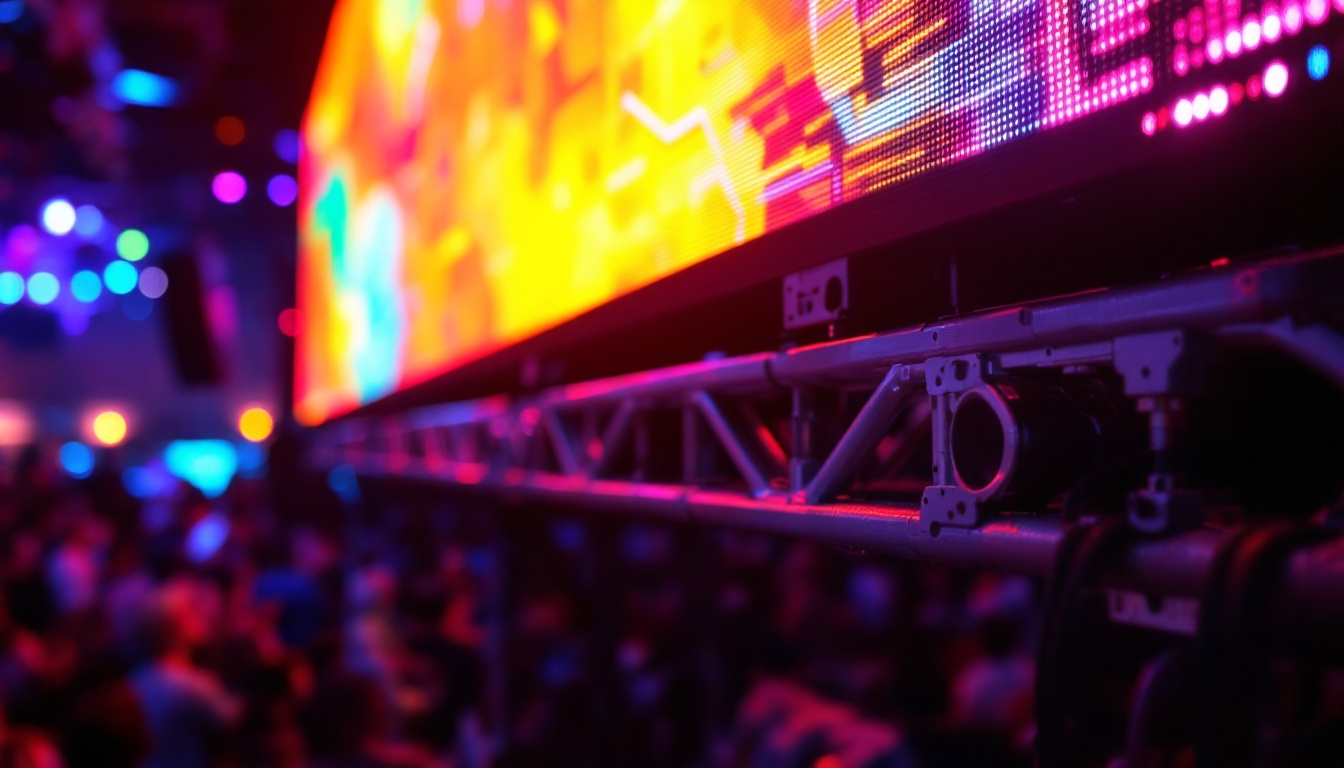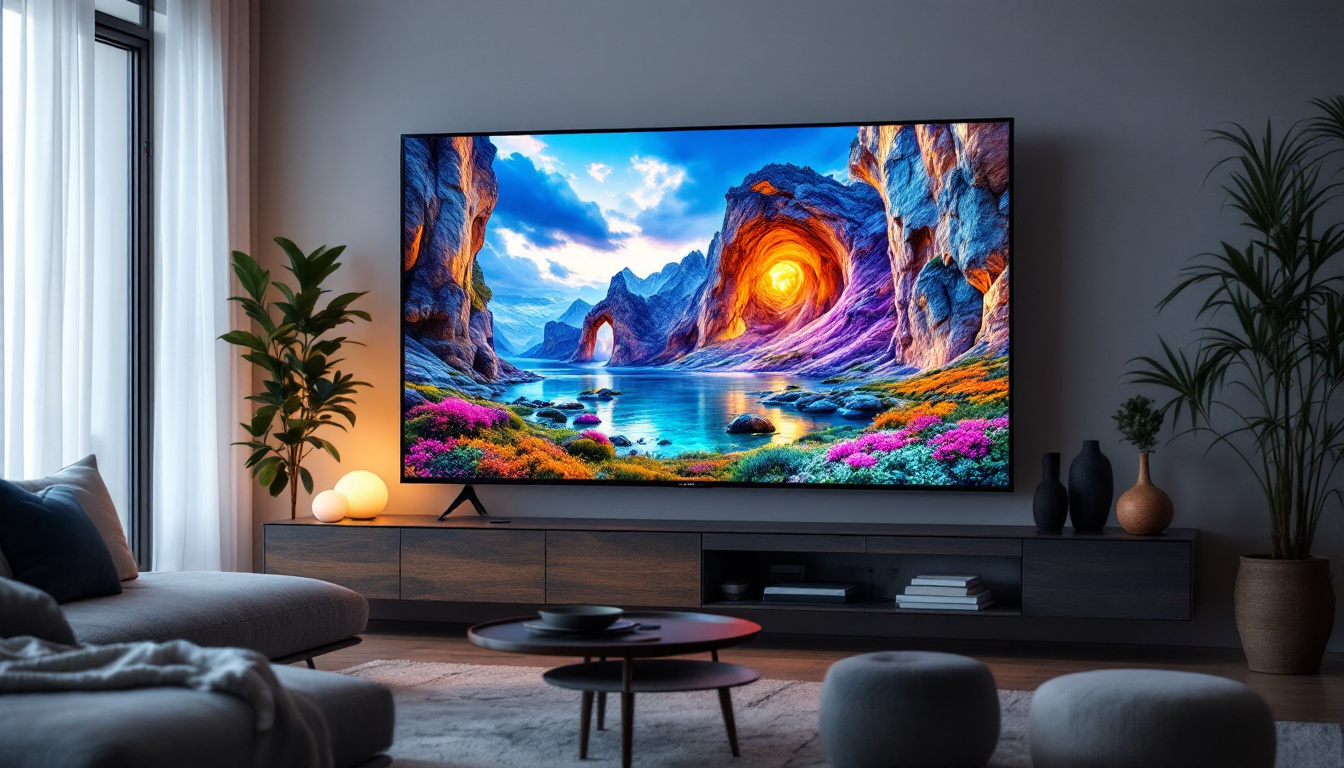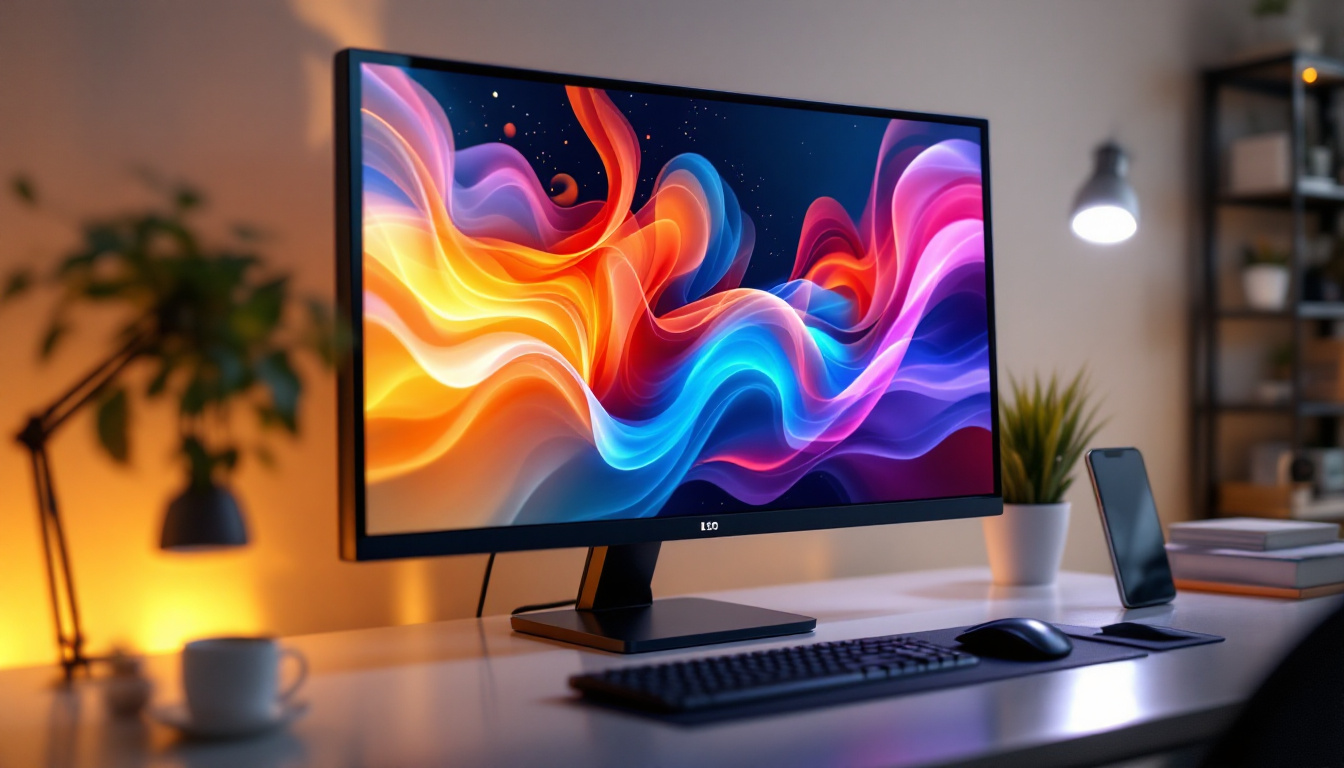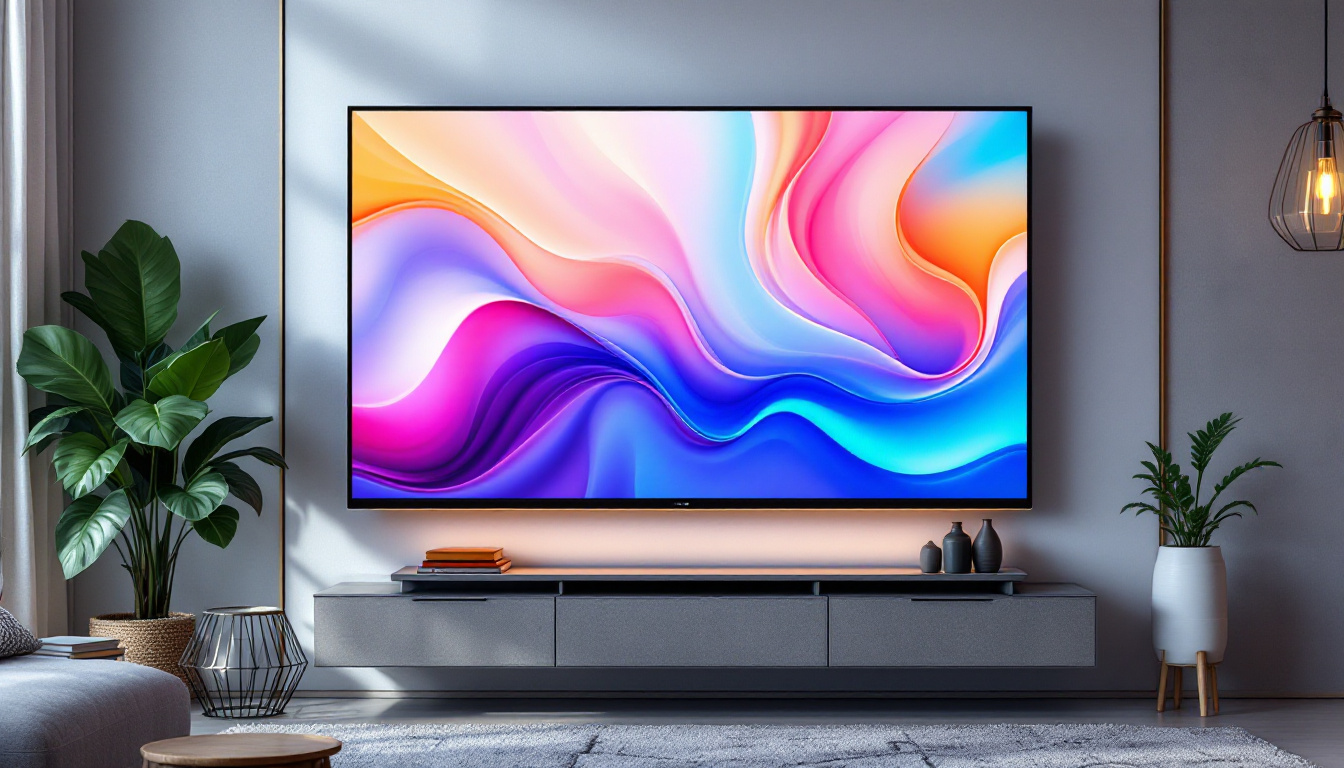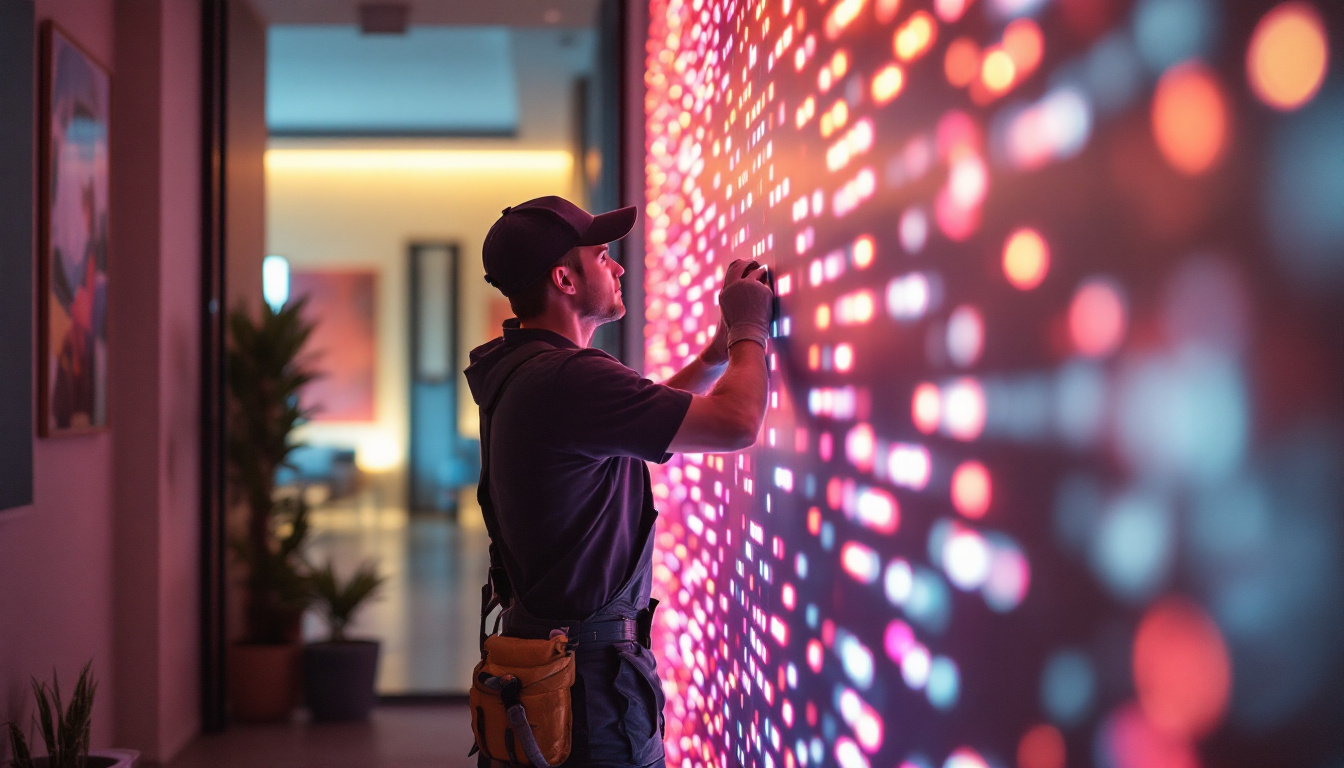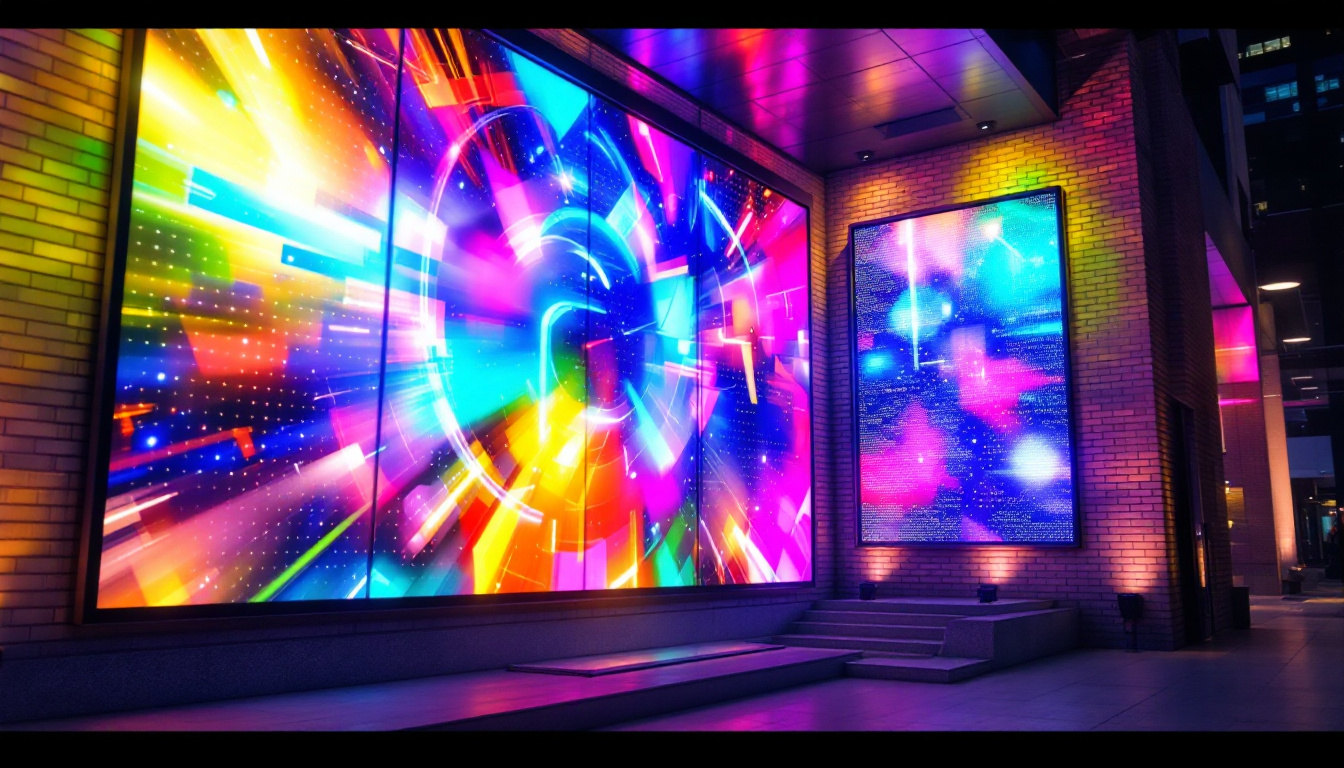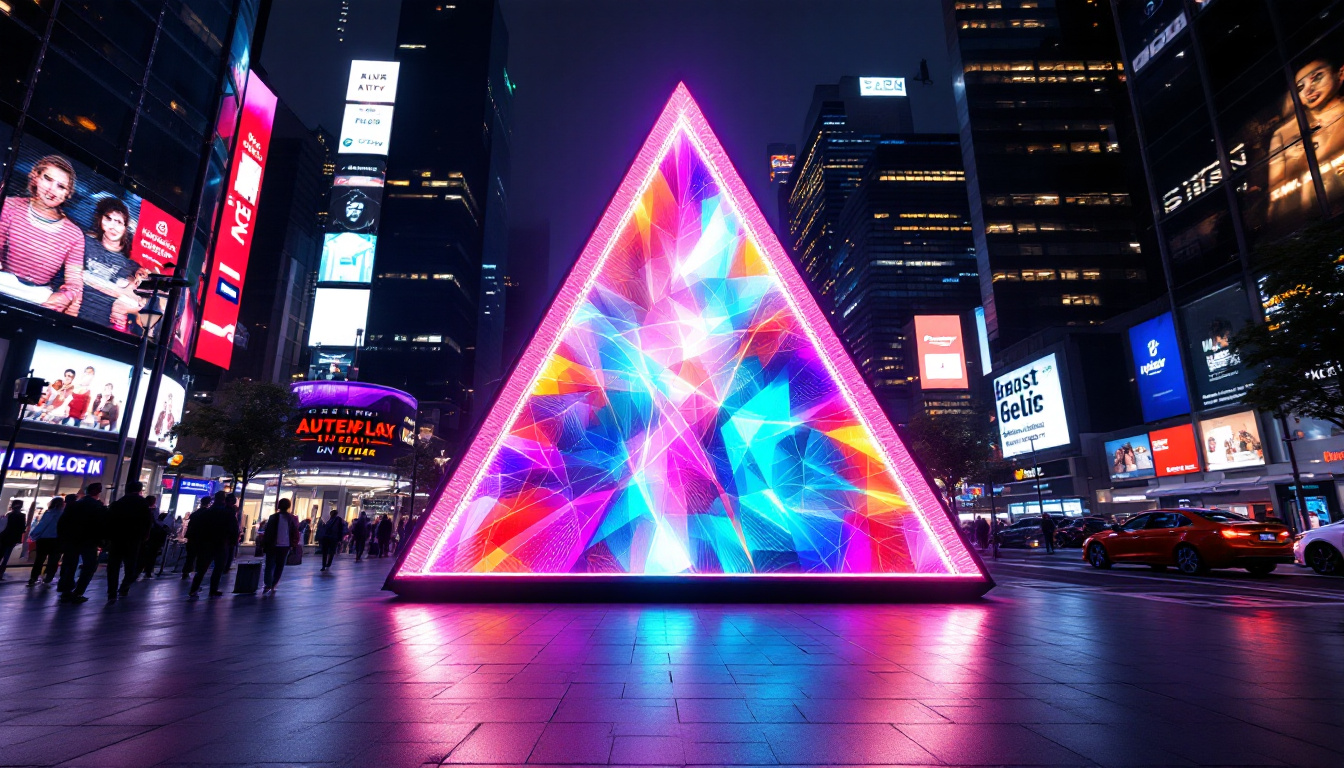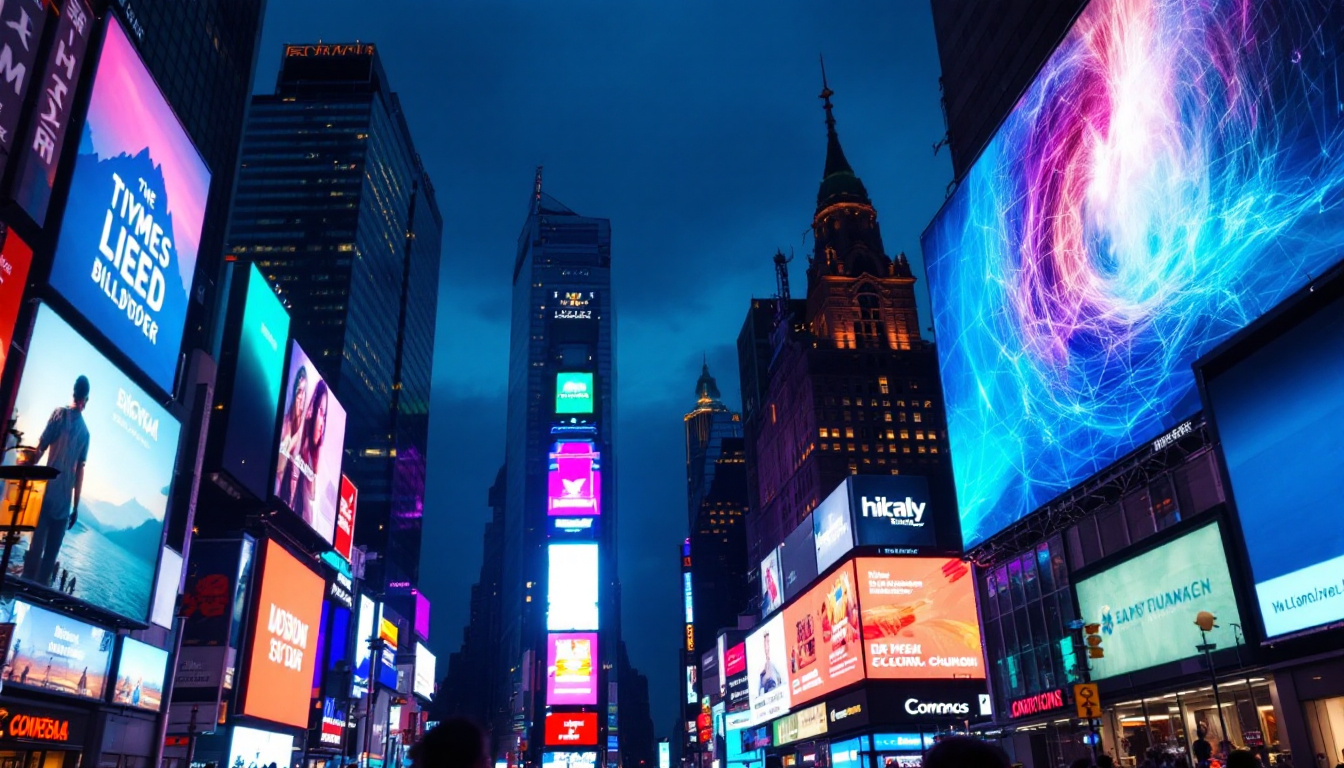The evolution of display technology has transformed how information is conveyed in various environments. Among the most significant advancements is the indoor LED wall, a versatile and dynamic solution for businesses, entertainment venues, and educational institutions. This article delves into the intricacies of LED displays, their benefits, applications, and how they are shaping the future of visual communication.
Understanding LED Technology
Light Emitting Diodes (LEDs) are semiconductor devices that emit light when an electric current passes through them. This technology has become the cornerstone of modern display systems, offering numerous advantages over traditional display methods. LEDs are not only energy-efficient but also have a longer lifespan, making them a sustainable choice for both commercial and residential applications. Their compact size and versatility allow for innovative designs that can enhance any environment, from homes to large-scale public installations.
How LEDs Work
LEDs function based on electroluminescence, where the movement of electrons through a semiconductor material produces light. Each LED is made up of a chip that emits a specific color, and by combining red, green, and blue (RGB) LEDs, a wide spectrum of colors can be achieved. This RGB combination is fundamental in creating vibrant and dynamic visuals on indoor LED walls. The efficiency of LEDs also means that they generate less heat compared to traditional incandescent bulbs, which not only conserves energy but also reduces cooling costs in environments where they are used extensively. Moreover, advancements in LED technology have led to the development of smart LEDs that can be controlled remotely, allowing for customizable lighting solutions that can adapt to various moods and settings.
Types of LED Displays
Indoor LED displays come in various types, each designed for specific applications. The most common types include:
- Direct View LED: These displays consist of individual LED modules that are assembled to create a larger screen. They are known for their high brightness and excellent color accuracy, making them suitable for environments with varying ambient light conditions.
- LED Video Walls: Composed of multiple screens or panels, these walls can be configured in various shapes and sizes, making them ideal for large venues. They are often used in concerts, sports events, and corporate presentations, providing an immersive viewing experience that captivates audiences.
- Transparent LED Displays: These innovative displays allow light to pass through, making them suitable for storefronts and creative installations. Their unique design enables businesses to showcase products while maintaining visibility into their space, blending advertising with architectural aesthetics.
In addition to these types, there are also specialized LED displays such as flexible LED screens that can bend and conform to various surfaces, providing even more creative possibilities for designers and advertisers. Furthermore, advancements in pixel pitch technology have led to higher resolution displays, allowing for clearer images and finer details, which is particularly important in applications such as digital signage and art installations. As the demand for high-quality visual experiences continues to grow, the evolution of LED technology is likely to keep pace, pushing the boundaries of what is possible in display solutions.
Advantages of Indoor LED Walls
Indoor LED walls offer numerous benefits that make them a popular choice for various applications. From superior image quality to energy efficiency, these displays have redefined visual communication.
High-Quality Visuals
One of the most significant advantages of indoor LED walls is their ability to deliver stunning visuals. With high resolution and brightness levels, these displays ensure that content is vibrant and easily visible, even in well-lit environments. The color reproduction is also exceptional, providing a more immersive experience for viewers. Additionally, the wide viewing angles of LED technology mean that audiences can enjoy consistent picture quality from various positions in a room, making them ideal for large gatherings or events where attendees are spread out.
Energy Efficiency
LED technology is inherently energy-efficient compared to traditional display technologies like LCD or projection systems. Indoor LED walls consume less power while delivering superior brightness and color accuracy. This energy efficiency not only reduces operational costs but also contributes to a more sustainable environment. Furthermore, the long lifespan of LED components means that maintenance and replacement costs are minimized, allowing businesses to invest more in content creation rather than upkeep.
Versatility and Flexibility
Indoor LED walls are incredibly versatile and can be used in a variety of settings. Whether for advertising, presentations, or artistic displays, these walls can be customized to fit any space. Their modular design allows for easy installation and reconfiguration, making them suitable for both temporary and permanent setups. This adaptability is particularly beneficial for venues that host a range of events, from corporate meetings to concerts, as the same display can be tailored to meet different aesthetic and functional needs. Additionally, the ability to integrate interactive elements into LED walls opens up new possibilities for engaging audiences, allowing for a dynamic exchange of information and creativity.
Applications of Indoor LED Walls
The applications of indoor LED walls are vast and varied, spanning multiple industries. Their adaptability makes them a preferred choice for a wide range of environments.
Corporate Environments
In corporate settings, indoor LED walls are often used for presentations, conferences, and branding. They provide a dynamic platform for displaying company information, product launches, and promotional content. The ability to display high-quality visuals enhances communication and engagement during meetings and events. Moreover, these LED walls can be integrated with interactive features, allowing attendees to engage with the content in real-time, fostering a more immersive experience. This interactivity not only keeps the audience’s attention but also encourages participation, making meetings more productive and impactful.
Retail and Advertising
Retailers have embraced indoor LED walls as a powerful marketing tool. These displays can showcase products, promotions, and brand messages in an eye-catching manner. Their ability to change content quickly allows businesses to adapt to trends and customer preferences, driving sales and enhancing customer experience. Furthermore, the use of LED walls in retail spaces can create a more vibrant atmosphere, drawing customers in and encouraging them to explore the store. By utilizing data analytics, retailers can tailor their content to specific demographics, ensuring that the messages resonate with their target audience and maximize engagement.
Entertainment Venues
In theaters, concert halls, and sports arenas, indoor LED walls play a crucial role in enhancing the audience experience. They are used for displaying live feeds, advertisements, and immersive visuals that complement performances. The flexibility of LED walls allows for creative staging and dynamic content that captivates audiences. Additionally, these displays can be synchronized with sound and lighting effects, creating a cohesive and thrilling atmosphere that elevates the overall entertainment value. As technology advances, the integration of augmented reality with LED walls is becoming more prevalent, offering audiences a unique and interactive experience that blurs the lines between the digital and physical worlds.
Installation and Maintenance Considerations
While the benefits of indoor LED walls are clear, proper installation and maintenance are essential to ensure optimal performance and longevity. Understanding these factors can help organizations make informed decisions.
Installation Process
The installation of an indoor LED wall requires careful planning and execution. Factors such as location, size, and viewing distance must be considered to determine the appropriate configuration. Professional installation services are often recommended to ensure that the display is set up correctly and safely.
Maintenance Requirements
Maintaining an indoor LED wall involves regular cleaning and monitoring of performance. Dust and debris can accumulate on the surface, affecting image quality. Routine inspections can help identify any issues early, ensuring that the display remains in optimal condition. Many manufacturers offer maintenance services or warranties to assist with upkeep.
Future Trends in Indoor LED Technology
The future of indoor LED technology is promising, with ongoing advancements that are set to enhance functionality and user experience. As technology evolves, new trends are emerging that will shape the landscape of indoor displays.
Higher Resolution Displays
As demand for high-quality visuals increases, manufacturers are focusing on developing higher resolution LED displays. This trend will enable even finer details and more immersive experiences, making them suitable for applications that require precision, such as medical imaging and detailed presentations.
Integration with Smart Technology
The integration of smart technology with indoor LED walls is another trend to watch. Features such as touch interactivity, real-time content updates, and integration with social media platforms are becoming more common. This connectivity allows for dynamic content that can engage audiences in new and innovative ways.
Eco-Friendly Innovations
As sustainability becomes a priority for many organizations, the LED industry is responding with eco-friendly innovations. New materials and manufacturing processes are being developed to reduce environmental impact. Additionally, energy-efficient designs and recycling programs for old displays are becoming standard practices.
Conclusion
Indoor LED walls represent a significant advancement in display technology, offering unparalleled visual quality, energy efficiency, and versatility. Their applications span various industries, making them a valuable asset for businesses and organizations looking to enhance communication and engagement. As technology continues to evolve, the future of indoor LED displays promises even more exciting developments, ensuring that they remain at the forefront of visual communication.
Investing in an indoor LED wall can transform how information is presented, creating memorable experiences for audiences. Whether for corporate, retail, or entertainment purposes, the benefits of this technology are undeniable. As the demand for high-quality displays grows, embracing indoor LED technology may be the key to staying ahead in an increasingly visual world.
Discover LumenMatrix LED Display Solutions
Ready to elevate your space with the latest in LED display technology? Look no further than LumenMatrix, where innovation meets visual excellence. Our comprehensive range of LED display solutions, including Indoor and Outdoor LED Wall Displays, Vehicle LED Displays, and more, are designed to captivate your audience and amplify your message. Experience the future of visual communication with LumenMatrix and transform your business today. Check out LumenMatrix LED Display Solutions and see the difference for yourself.

